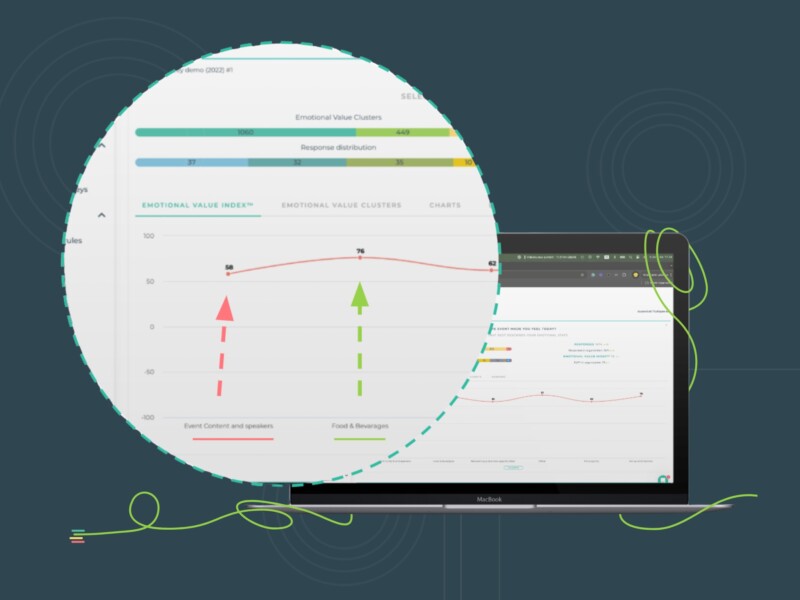Although Customer Experience (CX) is a mature concept, it’s recognition as a standalone field with separate strategies and practices is relatively new to the business world. But, the importance of CX is being realized by both small and large companies today. If you are new to the field of CX or hoping to integrate CX strategies into your business in the near future, it’s important to have an understanding of the common CX terms. Knowing them not only helps you get a good grasp of the concept but also aids in selecting the right metrics and analytics that suits your business.
Below, we have defined the main CX terms that every professional related to CX should know!
Customer Experience (CX)
Although Customer Experience (CX) is a very broad concept with many explanations, it can simply be defined as the overall perception a customer develops about a brand throughout the customer journey. It captures all beliefs, opinions, and feelings evoked by a brand in a customer. CX is a result of the total interactions and engagements between the customer and the brand that ultimately influence the way a customer feels towards a particular business.
Customer Relationship Management (CRM)
Customer Relationship Management (CRM) is a term used to refer to practices, methods, strategies, and technologies used to manage relationships with customers efficiently. Specialist CRM software programs can help a business keep track of every interaction and engagement with its customers, analyze them to improve customer experience and benefit the business. These gather vital customer data from many channels and consolidate them under one platform for ease of use. With effective CRM programs, brands can gain useful insights about their customers and the manner in which they interact.
Net Promoter Score (NPS)
Net Promoter Score (NPS) is very popular, and one of the most frequently used metrics to assess customer experience. NPS measures the loyalty of customers towards a particular brand, product, or service. It is relatively simple to calculate as it’s based on a single question: “On a scale of 0-10, how likely you are to recommend this product/business to your friend or colleague?” It’s calculated by deducting the percentage of Detractors from the percentage of Promoters. NPS helps companies identify the level of customer happiness and satisfaction and make necessary improvements.
Customer Efforts Score (CES)
Customer Effort Score (CES) measures the level of effort customers have to put in order to get their problem solved, requests fulfilled, or want satisfied. CES is a key indicator of customer satisfaction as it measures the “effortlessness” of doing business with a brand. CES mainly relates to customer service/support. It helps companies identify pain points that bar customers from receiving a seamless service. As a key metric of customer experiences, CES has proven to be very essential to fix lackluster processes within an organization.
Customer Satisfaction Score (CSAT)
Customer Satisfaction Score (CSAT) is a measure of customer satisfaction level. It is another popular metric that can be customized based on the brand’s product/service characteristics. It is usually calculated using a survey consisting of single or multiple questions formulated to determine how pleased customers are with a brand. CSAT can be used at different phases of the customer journey, such as purchase and post-purchase.
Customer Churn Rate Analytics
Customer churn rate, also known as the rate of attrition, measures the percentage of customers who discontinue doing business with a brand over a period of time. Churn rate analytics help businesses determine the efficacy of their customer experience strategies and identify methods through which customers can be retained for a longer period.
Customer Lifetime Value Analytics (CLV)
Customer Lifetime Value (CLV) estimates the value of a customer to a business over the span of the entire customer-brand relationship. By calculating CLV, you are able to determine what types of customers are more likely to stay longer with you and engage in repetitive purchases. CLV analytics helps businesses identify customers who are more valuable than others and devise strategies to strengthen the relationship and retain them.
Customer Retention Analytics
Customer retention includes different tactics and strategies employed by brands to retain their existing customers longer. Customer retention rate shows the percentage of customers who likely to continue doing business with a brand. Analytics related to customer retention grants businesses with insights about customer behavior, purchasing patterns, expectations, and needs that are useful to create an appealing customer experience.
Customer Journey Mapping (CJM)
It is the process of representing customer journeys visually to help brands gain a better understanding of their customers. A customer journey map should include every interaction and touchpoint between the customer and brand from the beginning to the end. The task of mapping should ideally follow the main phases of the customer journey and also outline the typical buyer persona of the brand. CJM is an integral aspect of customer experience.



